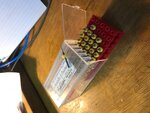skatefast08
Full Member level 3
What specific type of knife is best used for cutting copper for microstrip? and what website could I get this product?
thanks
thanks
Follow along with the video below to see how to install our site as a web app on your home screen.
Note: This feature may not be available in some browsers.
Hi,
If you mean cutting into a copper clad board, for hobby or prototype stuff, which no doubt you don't, but anyway, I find a cutter (/exacto knife I think it's called in the USA) is a good choice. New blades dig into the copper/board and can stick; once a blade segment is old/used a fair bit, the cuts between tracks become sloppier and marginally wider due to the lack of sharpness and precision. It is uncomfortable after a couple of hours if it is rectangular. You could use any strong enough arts and crafts scalpel-style knives as well, and that might be more comfortable to hold for long periods, especially those with plastic handles/stems.
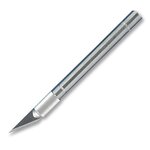
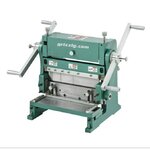
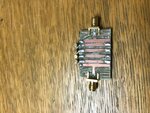
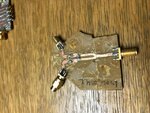
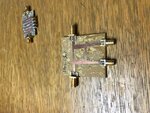
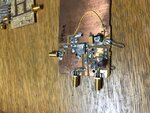
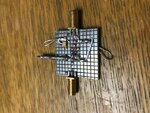
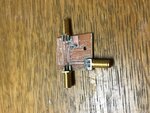
F
If prototyping a complete board do I remove all copper at top layer .
